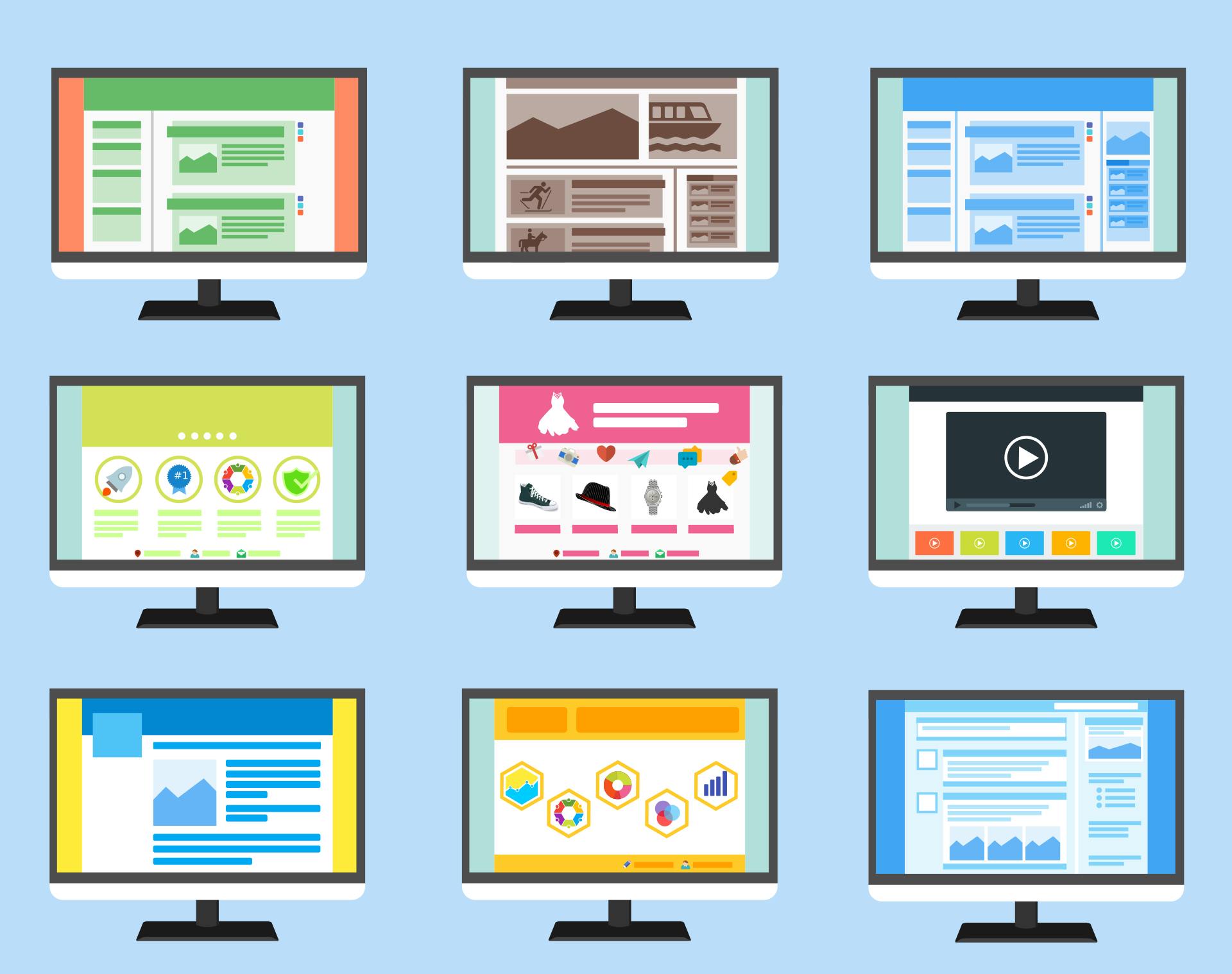An accessible website is just like an accessible building. It’s built so that those who have various disabilities are still able to access whatever lies within. When talking about a physical building, this could be something like a wheelchair ramp next to the staircase out front. And just like with a physical building, there are multiple reasons why you should want to have an accessible website, including showing customers you care, site performance and SEO, and ADA compliance. However, when it comes to website accessibility, it’s not as simple as it seems.
Show Your Customers You Care

At the most basic level, you should want your website to be accessible to your visitors. Some of your visitors may have various disabilities which can make website navigation and use difficult, and making your site accessible for them will be greatly appreciated. For example, many people who suffer from color blindness have a hard time with reds and greens. So rather than using green text on a red background, try sticking to black and white or other high contrast colors which don’t cause as many problems.
And while doing the right thing for your visitors should be a good enough reason to make accessibility a high priority for your website, there are other benefits too. For starters, it’s a good business decision. Showing your visitors you care about them may not boost your sales directly, but showing your visitors you don’t care about them will hurt both your sales and reputation.
Boost Your Site Performance and SEO

Did you know that many accessibility upgrades will also benefit other aspects of your website? Aside from the obvious UX (user experience) benefit, your site performance and SEO (search engine optimization) can be positively impacted as well. Including alt text for images and video is one of the staples for accessible websites, and this will also help Google understand the context of your web pages, thus improving your searchability. The viewport, or portion of the screen which is visible to the user, is another important factor for accessible websites — and this is also how many sites implement mobile responsiveness.
So not only do accessibility upgrades help those who may have trouble viewing your site otherwise, but they also help out everyone else. You might not think the viewport matters all that much if you have 20/20 vision and don’t need to adjust it to read this sentence. However, if you’re reading this on your phone, tablet, or any other non-standardized computer monitor size, you have the viewport to thank.
Don’t Get Sued (ADA Compliance)
Did you know that you can be sued if your website isn’t ADA (Americans with Disabilities Act) compliant? All public service companies and companies with over 15 employees who work more than 20 weeks per year must be compliant. So, how exactly do you become compliant with the ADA?
That’s the trick — your website can’t be compliant with the ADA. There are no official guidelines for ADA compliance, which means you technically cannot be compliant. You could be sued at any time for anything someone deems to be inaccessible. There were supposed to be ADA guidelines for websites, but the federal government scrapped them in 2018 without fixing any of the holes which left millions of websites open to lawsuits. And you can be sued continually for monetary damages until your website is “compliant.”
The good news is that being sued due to ADA non-compliance should be the least of your concerns. As long as your website follows common sense accessibility practices, you should be fine. But if you’re still concerned about getting sued due to noncompliance, there are some things you can do to lessen the chance of this happening. First, state somewhere on your site exactly how your site aims to be accessible to those with disabilities. Second, provide contact information so that accessibility improvements can be suggested by your visitors.
How Does Media Proper Tackle Website Accessibility?

Here at Media Proper, we follow the accessibility guidelines laid out by the World Wide Web Consortium (W3C). While these don’t count as “official” accessibility guidelines for the ADA, they’re guidelines that have been generally agreed upon by the greater web community. These guidelines include accessibility improvements such as image and video alt text, transcriptions for audio and video, and keyboard input for visitors who cannot use a mouse to navigate websites.
Conclusion
So why should you care about website accessibility? Because it shows you appreciate your visitors, is good for business, improves site performance and SEO, and helps with ADA compliance. Website accessibility is also a hot topic right now, so it’s nice to be able to show and tell your visitors that you take accessibility seriously.
Media Proper Web Development
If you need an accessible website developed, contact Media Proper. We’ll follow the W3C accessibility guidelines and ensure all of your visitors are able to explore and utilize the full extent of your site. It’s much easier to build a new site that is accessible from the ground up than to adjust an existing site for accessibility — but we can do both.

